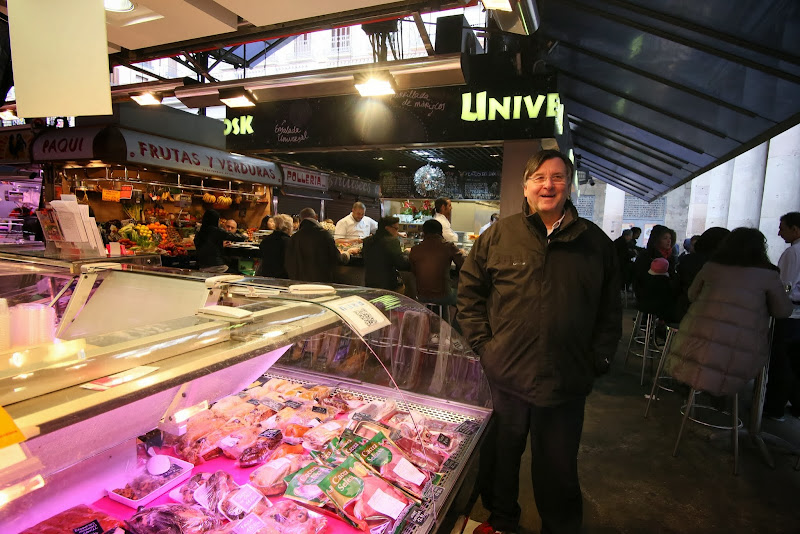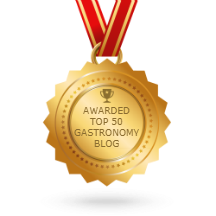* * * * *


by Gerry Dawes ©2013
In the depths of La Alhambra, Robert struck the flint wheel of the Zippo lighter his uncle had given him when he left for his Navy tour-of-duty in Spain. In the lighter's flame, the walls of the old Moorish baths were bathed in a warm glow and the water in the bathing basins reflected the flickering yellow light. With the glow of the light, Robert, Julia, and Paul Andrews, a Baltimore doctor touring Spain, momentarily lost the spooky sensations they had been feeling as they stood in darkness, which was pierced only by the filtered light of the full moon as it passed through the glass covering the small eight-pointed star-shaped skylights of the 14th-Century baths.
Adding to the escalofriante (spine-tingling) air of being down in this old place, at night, in the dark, was the fact that what they were doing was totally illegal and they were doing it in national monument in Generalisimo Franco's Spain. And they were lighting their way only by a cigarette lighter, which quickly got too hot to hold, and was running low on fluid. Robert gingerly flipped the top on the lighter and light went out. Juggling it in his hands he laid it on the edge of one of the baths to cool.
It might have been spooky down there, but, what an adventure they were having, clandestinely exploring sections of the Alhambra that were closed to the public at night! Along the way, before they had reached the baths, they had stood in the shadows, watching as a few people shuffled through the lighted sections that had been approved for the night tour.
It was a wonderful May night. The sky was clear and there was a full moon. The cool blue-white moonlight washed over the old Nasrid fortress, which takes up a whole ridge above the magical old city of Granada. Someone had told Paul that sometimes you could still hear nightingales singing in the Alhambra on nights of the full moon. "Maybe you will be lucky and hear them," the man had said, "they don't like pollution; it is believed that the exhaust from automobiles is driving them away."
Most of the tourists who visited La Alhambra during the day either didn't realize this was one of the two nights per week that the Alhambra was open or they simply did not want to trek back up the hill after touring all day. So, Robert, Julia, and Dr. Paul were sharing the grounds and palaces of this fantastic old Moorish stronghold with at most 20 other people and just a few guards who tended to move around as the main body of tourists moved through.
At one point in the Hall of the Ambassadors, Robert, who was familiar with the layout of the Alhambra, noticed that they were the only people in that section. He looked around for the guards and saw no one. "Follow me," he whispered to the others and moved a short white wooden picket fence-like barrier that was the only thing blocking anyone from entering the closed off areas of this magical palace. "If anyone sees us, act lost and speak only in English," he told Julia and Paul. "Pretend to be grateful that they have found us."

They crept quietly, treading carefully, walking Indian-like along the passageways, keeping to the shadows when they spotted a tourist or a guard in the lighted sections across a courtyard, whose fountains still bubbled in the night, splashing and gurgling, making the same sounds they did when this remarkable place was inhabited by the Moors back in the 14th and 15th centuries. Always in these Moorish places, there was water, the most prized liquid in world to the desert-rooted Moor. They built man-made oasises into their palaces and the sound of water was an unbroken link to the past, like music from a bygone era. There were the fountains like the one in the Court of the Lions and there were long, deep pools for ornamentation--now with goldfish--and for bathing. The pools were surrounded with hedges and palm trees. This place must have been a paradise on earth for the Moorish ruling class.

And, now Robert, Julia, and Paul had it to themselves. Robert wished that just he and Julia were sharing this magical night. Had they been alone, perhaps, on one of the benches in the Moorish baths with just the shafts of moonlight shining on them, they could have--and probably would have. . .
The sound of footsteps brought Robert out of his momentary fantasy and they saw a the glow of a light coming from around the corner at the end of the passageway to the right. Someone, probably a security guard, was coming. "Let's get out of here," Robert whispered.
Now Robert hoped he could quickly find his way back to an area where they could casually stroll around a corner into a lighted area, blend in with some of the other people and drift on out of the Alhambra, having pulled off a spectacular romantic coup, a tale that with retelling would ripen into vintage nostalgia.
They felt their way along the tunnel-like corridors, sometimes in near darkness, sometimes in filtered moonlight. At one point, it was so dark that Robert reached for his lighter, but realized he no longer had it. He must have left it at the bath, when he put it down to cool.
"Damn it," he thought, "the only thing I can do is come back in the morning, get in line early, pay another admission, and see if I can get back to the baths to retrieve it before some one finds it."
At last, feeling their way along the wall, they came to some steps that they hoped would lead them back to a place where they could blend in again in the legal zones of palace.
At the top of the stairs, Robert, stopped. "Stop! Freeze!," he whispered in the direction of Julia and Paul. "Don't make a sound."
They listened, but heard no footsteps and saw no light. Perhaps the guard had just been checking the baths, saw no one and went back the way he had come.
Then they all heard something else. They remained still and heard it again. It was the sweet song of the nightingale on a night of the full moon in the Alhambra of Granada and they had a truly magical element to add to the tale of their night in the old Moorish fortress.
At the top of the stairs was a place that Robert knew. He silently removed the little wooden barrier and they passed back into the legal areas. Robert put his hands in his pockets and they strolled through a filigree doorway and into a lighted, arabesque-adorned hall. A guard motioned for them to hurry, it was closing time. He ushered them along towards an exit to the public grounds outside. As they rounded the corner of Palacio de Carlos V, a big, square, blocky building that was as incongruous in this graceful place as a sumo wrestler dancing a Swan Lake ballet, a flashlight-toting guard came up behind them.
"Señores, perdonen," he said, "?Es de ustedes?" He asked, holding a Zippo lighter with Robert's initials on it.
"No," Robert said, "No fumo (I don't smoke)."
"Pues, nada," said the guard, and they walked away.
The guard flipped open the Zippo, lit a cigarette and inhaled a puff from the black Spanish Ducado cigarette and, grinning, watched Robert, Julia and Paul disappear into the night.
- The End -

































 ,
,

















